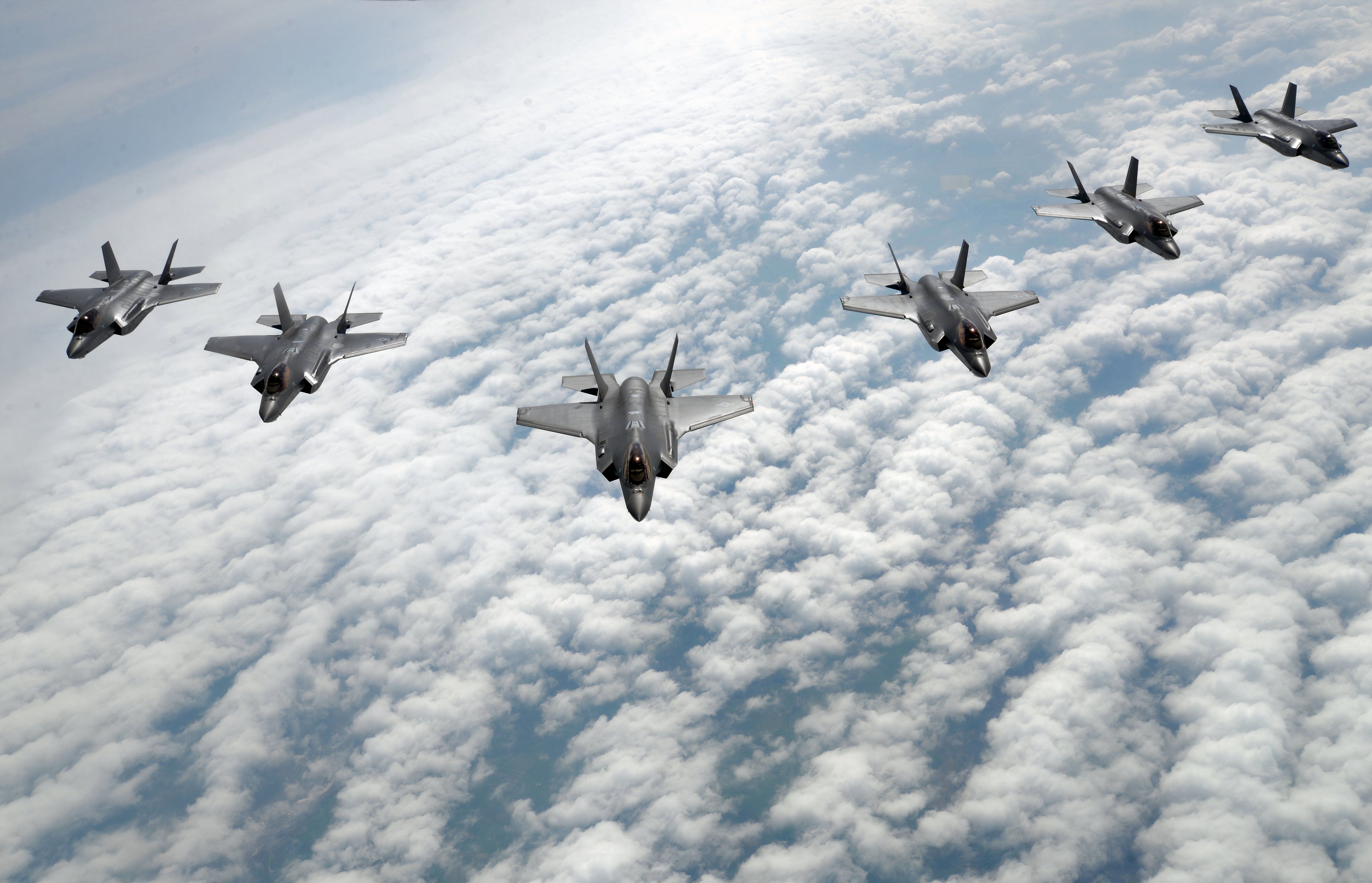The United States Air Force Association’s annual Air, Space & Cyber Conference touched on Russia’s War on Ukraine
, discussing Ukraine’s employment of handed-down F-16 Vipers
and an entire session called “Ukraine-Russia War: A Prelude to Future Conflict.” In that session, caution was urged in taking too many lessons from the conflict, but some conclusions about the conflict – such as the lack of integration – were enlightening,
F-16s mostly used in air-to-air… for now
Although the Lockheed Martin F-16 Fighting Falcon (better known as “Viper”) has strong multi-role capability, Ukraine has decided to use the Viper first primarily for air-to-air. One can read more about how the US Air Force has employed the F-16 Viper in both air-to-air and air-to-ground below:
However, in a September 17 report by Air & Space Forces Magazine report, Gen. James B. Hecker, the head of U.S. Air Forces in Europe shared,
“The pilots are new to it, so they’re not going to put them at the riskiest missions. Ultimately, that’s a Ukrainian decision. But I think that’s the approach that they’re taking.”
However, soon the Ukrainian F-16s will get access to advanced long-range weapons also like the AGM-158 Joint Air-to-Surface Standoff Missiles (JASSMs) previously profiled by Simple Flying plus according to Politico on September 20 access to the Joint Stand-Off Weapon (JSOW) family of long-range glide bombs. This will allow the F-16s to attack ground targets while currently helping repel Russian cruise missile and drone attacks.
However, this caution led to a vigorous discussion at the recent Air, Space & Cyber Conference on Russia’s war on Ukraine.
Former airpower generals voice concerns about Ukrainian airpower
The conference session had four former airpower leaders discuss the status of Russia’s War on Ukraine. The leaders were:
- Air Marshal Allan Marshall, Air & Space Commander (ASC), Royal Air Force
- Gen. Jeffrey Harrigian, USAF (Ret.), Former commander, U.S. Air Forces in Europe-Air Forces Africa
- Lt. Gen. Dave A. Deptula, USAF (Ret.), Dean of AFA’s Mitchell Institute for Aerospace Studies
- Maj. Gen. Charles Corcoran, USAF (Ret.), Former Assistant Deputy Chief of Staff, Operations
First, a cautionary warning from retired USAF Lt. General Lt. Gen. Dave A. Deptula of the thought-leading Mitchell Institute for Aerospace Studies;
“We got to be careful that we don’t project what is occurring in this particular theater and associated with some of the responsibilities that the United States have, which are very different.”
The current Royal Air Force Air Marshal Allan Marshall also added that the capabilities are not as high end, without strategic strike, and, “the Western way of war [as] they don’t integrate their operations”. For instance, the Royal Air Force and the US Air Force have F-35 Panthers
as pictured below and much better electronic warfare capabilities overall.
Photo: U.S. Air Force
However, the former generals made clear that there are certain reminders and lessons to learn from a conflict where there is a lack of air superiority. As retired USAF Maj. Gen. Charles Corcoran shared,
“We were formed as an Air Force 77 years ago for the sole primary purpose of controlling the air for our nation. So we have freedom from attack, freedom to attack, freedom to maneuver for our Air Force, for our joint force, for our allies and partners, and it’s our J-O-B to figure out how to do it. If we can’t figure it out, here we sit on our birthday. You got to question why we even have an Air Force. We have got to figure that out. Neither side has it, as was mentioned in Ukraine, and look what’s going on. I’ll stop there.”
One of the reasons why the former generals thought Ukraine had this problem is that, as current Dean Deptula surmised, the lack of joint operations between land and ground forces was leading to this problem. Quoting Dean Deptula,
“If they [Ukraine] put together an integrated air-ground campaign, they could achieve some synergies that could give them some advantages in the battle space.”
Dean Deptula also mentioned his paper published earlier this year making suggestions to Ukraine and voiced upset at the lack of air superiority over Ukraine due to current restrictions placed by Ukraine’s allies limiting attacking Russian soil. The same Russia that launched a KH-101 cruise missile into a children’s hospital:
Just a reminder. Another concern was brought up by Air Marshal Marshall, who was clear about the drone threat,
“To defeat drones when they turn up, you’ve got to go after the whole system right from right from the very start.”
Air Marshal Marshall also stressed that one of the conflict’s lessons is the importance of electronic warfare. The ability to use the electromagnetic spectrum to either allow or deny flight as well as allow or deny communication and navigation is in his words, “vital ground”.
Bottom line: The need for alliances
Ultimately, the need for alliances underpins not just Ukraine’s defense but also the defense of freedom. All of the panel touched on this. Additionally, the delivery of F-16 Vipers to Ukraine also requires an alliance of European nations and the United States not just to provide the F-16s, but train the pilots and maintainers plus arm the F-16s. As Ukranian President Zelensky said on September 21,
“The answer to the question of when this war will end lies in the question of when our partners’ determination will keep pace with what we can do for our defense, for our independence, for our victory. Ukraine must prevail in this war! It can prevail. But only together with the whole world.”

